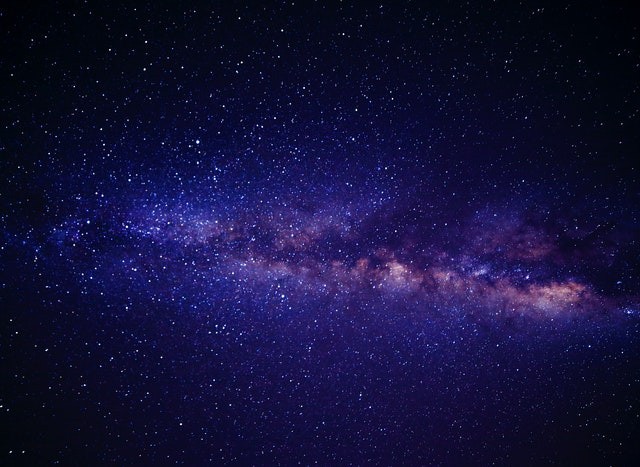Small snowflakes of radioactive uranium that causes huge nuclear explosions may clarify some of the world's more bizarre star blasts.

Death of the Miniature Stars
As miniature stars die, they cool into husks of their old selves called white dwarfs. A recent study suggests that atoms of uranium sink to the core of these aging white dwarf stars as they cool, icing into snowflake-like crystals no larger than grains of sand.
Illinois State University's theoretical physicist and study co-author Matt Caplan explained that these snowflakes can function as many of the tiniest nuclear bombs in the galaxy, becoming the force that breaks off the powder keg.
Math disclosed that it's crucial to comprehend how these blasts happen for all kinds of applications, from the creation of elements to the stretching of the cosmos, which are fraction of a class - Type Ia supernovas.
White Dwarf Star
Generally, researchers believe these blasts happen when a white dwarf star attains a significant mass after siphoning gas from a partner star the white dwarf is in orbit with. Because Type Ia supernovas explode when they attain a similar mass, they have similar brightness. This similar brightness enables them to be utilized as a standard by which distances in the universe are assessed.
Still, astronomers have noticed several Type Ia supernovas that are scarcely dimmer than they should be. The recent study, approved by the Physical Review Letters journal suggests a basis in which lower-mass white dwarfs without a binary star partner can explode as supernovas on their own - even without sipping mass from a close-by star.
Indiana University's theoretical nuclear astrophysicist and study co-author Chuck Horowitz explained: "Maybe we don't require a companion, a single star could maybe explode on its own."
The Stellar Atomic Bomb Delivery
White dwarfs are the remaining bodies of stars below 10 times the mass of the sun. Having removed their outside shell, white dwarfs are cold, unburning balls of primary oxygen and carbon with some other elements, such as uranium, drizzled in. As they gradually cool across hundreds of thousands of years, their atoms ice, with the largest atoms - like uranium - falling to the core and stabilizing first.
Researchers explained that they believe these white dwarfs, when solo, finally dwindled into cold, dark husks. Though in some instances, this procedure could set the scene for a heavy nuclear-bomb-like explosion.

Collision of the Sunken Uranium Atoms
When sunken uranium atoms collide with one another, they frost, creating thin radioactive snowflakes. Within one hour of the snowflake's construction, a villain passing neutron in the core could crash into the snowflake, activating fission - the nuclear response in which an atom is divided.
This fission could break out a chain response, closely to that in a nuclear bomb, at last burning the rest of the star and making the white dwarf to blast as a supernova all by itself.
For this chain response to occur, still, they require a lot of the uranium-235 radioactive isotope. Because normally this isotope deteriorates over time.
Related Article : Nuclear Bomb Pulses Reveal 400-Year-Old Greenland Shark is World's Longest Living Vertebrate
For more news, updates about nuclear atomic bombs and similar topics don't forget to follow Nature World News!
© 2025 NatureWorldNews.com All rights reserved. Do not reproduce without permission.





